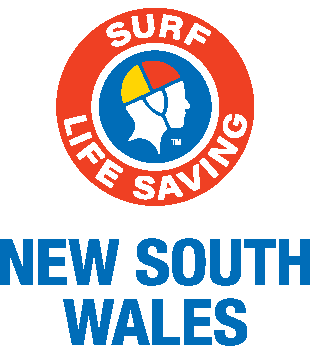Coastal drowning deaths and drownings in total in NSW are up for the 2023-24 year, detailed in the National Drowning Report released on Tuesday 20 August.
Sixty-one* (61) drownings occurred in the coastal zone (beaches, ocean and coastal waterways) out of the 128 total drownings in the state for the 12 months.
Drownings at unpatrolled locations are overwhelmingly the key take-away in the coastal statistics, and significantly, there has been a big spike in fatalities over the winter months.
Somewhat alarming is the fact that 21 people drowned during the months of May/June/July and August, compared with the 10 year-average of 10 drownings per year.
The rise in drownings outside the patrol season and in colder months is of concern to Surf Life Saving NSW and reinforces the need to focus on initiatives outside the red and yellow flags, as part of the state’s drowning prevention strategy.
“We are seeing increasing participation in coastal and ocean activities during off-season, from swimming and paddling, to rockfishing and boating. While it’s fantastic to see people enjoying our beautiful coastline year-round, it puts our resources under pressure to respond to incidents and emergencies at any time,” said SLSNSW CEO Steve Pearce.
“With the support of the NSW Government, Surf Life Saving NSW is implementing a range of measures and innovations designed to protect and save lives away from patrolled locations and outside patrol hours or the patrol season itself.”
From installing more Emergency Response Beacons at blackspots, to increased coastal surveillance capabilities through an expanding drone program, Surf Life Saving is looking for ways to use technology to save more lives including the use of camera technology and Artificial Intelligence to remotely surveil and monitor hazards at high risk locations.
Exciting new initiatives are being explored including flying drones further distances and for longer, and controlling flights remotely from anywhere in the state.
Increased water safety education is another focus, targeting at-risk CALD and inland communities and activities such as rockfishing through programs tailored to specific audiences.
“While we have recorded more drownings last year, it is a testament to the incredible work of our 21,000 active lifesavers that none of these occurred at a patrolled beach between the flags.”
More notes on coastal drowning deaths
- 61 total incidents (10 year average is 46)
- 22 swimming/wading incidents (10 year average is 15)
- 9 rock fishing incidents (10 year average is 8)
- 18 incidents occurred in summer (10 year average is 19)
- 17 occurred in winter (10 year average is 8)
- 11 incidents in March (10 year average is 5)
- 42 incidents (69%) occurred more than 1km from a patrolled location
* Note on statistics – Due to changes in the classification process, additional incidents have been included in the 2023/24 season. Historically these incidents would not have met the criteria for a coastal drowning death, and work is currently underway to re-evaluate previous seasons’ incidents using the new classification process.
Wednesday 21 August 2024


